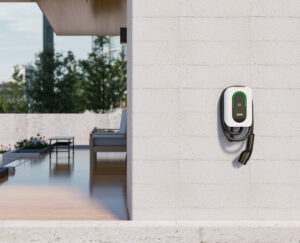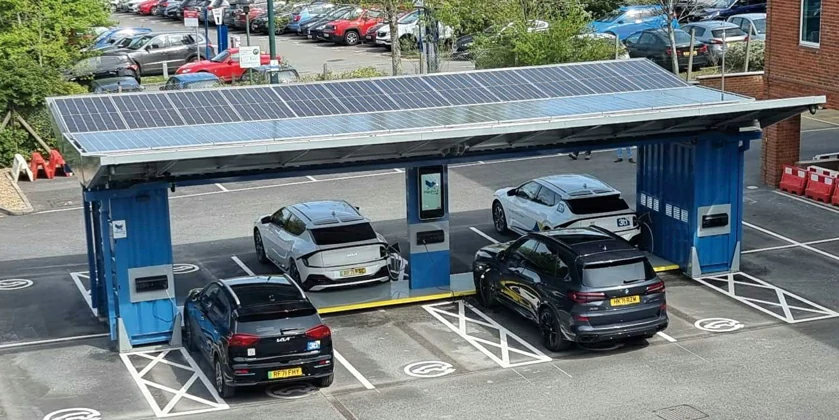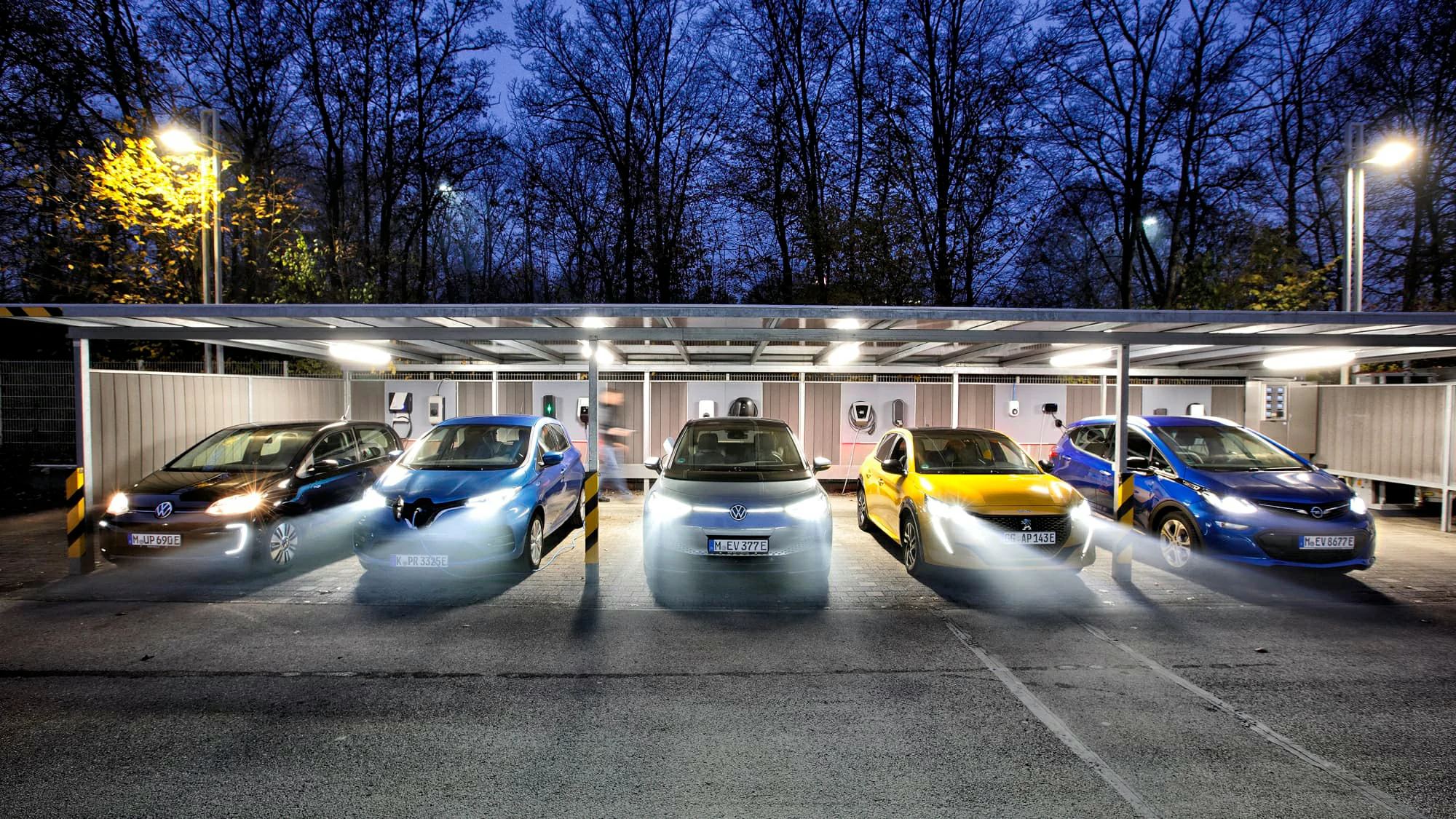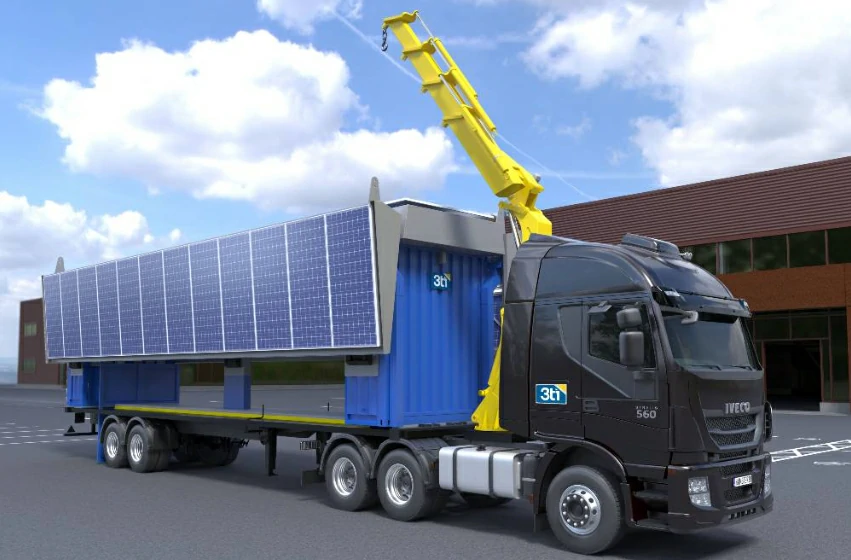
Vehicle-to-Grid (V2G): The Future of EV Charging and a Smarter Energy Grid
Vehicle-to-Grid technology is redefining the role of electric vehicles, turning them into dynamic energy assets that benefit drivers, utilities, and the planet.

Fill up your EV with your own solar energy ev charging:what requirements must be met for this? Which technologies are useful? And how to avoid loading problems? A guide containing the most important information and tips:
Because the combination of an electric vehicle and your own PV system makes economic and ecological sense. The reason: The average cost of producing so-called electricity (the cost of converting energy from another form of energy into electricity) from a home solar system (without storage) is between 5 and 11 cents per kWh. However, electricity fed into the public grid currently pays only 7 to 8 cents.
In this regard, it is recommended that you use every kilowatt hour you generate yourself. The payoff is much better. For example, if instead of charging your electric car at 30 cents/kWh, you charge cheap photovoltaic power into your electric car at 10 cents/kWh, the cost of travel drops from 6 euros to 2 euros per 100 kilometers.
Of course, the PV system must be large enough to provide enough power for the house and the car. The rule of thumb is that a PV system with a peak output of 10,000 kilowatts (10 kWp) produces a realistic 8,000 kWh of electricity per year, even more in sunny areas. An electric car driving 10,000 km per year is estimated to use around 2,000 kWh of electricity. Therefore, the household surplus (4,000 kWh) is more than sufficient.
Smaller systems, such as those found on the roofs of narrow terraced houses, usually only partially meet the additional demand for car power.10 The calculation for kWp systems is only valid if the potential of the system is actually increased – which is not easy in practice. This is because it means that the solar charging of the car will continue as soon as there is excess power.
The problem: Electric cars are often driven on the road, especially in the middle of the day when the sun is at its highest. The best example of this is a commuter’s car. Also, if the car is parked in a carport when the sun is at its peak, it can happen that the battery is quite full. The excess power may then have to be fed back into the grid.
In addition, there are seasonal ups and downs in electricity production: in the summer, there is usually more than enough PV surplus. In winter, on the other hand, it is difficult to generate enough PV power for the house, let alone for the car.
In this respect, the following applies: Exploiting the energy potential is a noble goal, but difficult to achieve in practice. Solar energy is not based on the availability of cars. Conversely, this is a good thing: If electricity users – at least as much as possible – depend on the availability of electricity
In addition to natural obstacles, there are also technical and financial barriers: not every electric car is equipped in such a way that it can be charged by a photovoltaic system. Backup batteries in the house can at least partially compensate for fluctuating power generation, significantly pushing up investment costs. As you can see, the combination of an electric car and your own photovoltaic system is not an absolute success. But working with her is worth it.

To achieve the best use of solar energy, there are a variety of technical solutions that are described by the magic word energy management. The control is automated, so ideally the user does not have to worry about it at all. The system measures the respective excess PV that would otherwise be fed into the grid and controls the wall box so that it ends up in the vehicle battery.
The technically simplest system is PV charging without energy management. The electricity generated by the PV system is first supplied to the home consumer and the rest is charged into the battery of the electric vehicle. If there is enough sunlight, some or even all of the required charging capacity can be covered by your own photovoltaic power. However, in the case of cloudy days or small PV systems, this must be compensated by the public grid. This charging strategy is also known as “utility supplementation”.
If you still want to load as much PV power as possible into the vehicle, you must control the system and intervene manually. The charging process can be activated or deactivated using a smartphone on the vehicle or on a wall-mounted charging box, and the charging current can be adjusted. Due to the large size of the PV system and the good weather, this variant can be used to achieve a significant percentage of PV power for charging. The biggest advantage of this solution is the low investment cost.
If you want to make sure that your electric car is only charged with your own roof electricity, you need additional house energy management. This measures the current being fed into the grid, knows how much power is left in the PV system and can be loaded into the EV using a suitable wall box. However, smart wall boxes and house energy management must be invested in additional capital.

(Source:Jointcharging.com)
Many owners of PV systems want to be able to store the electricity generated in a power storage device for use at night or during inclement weather. If this provides the right output power, electric vehicles can also be charged from it – that’s the idea. But there are limits to this.
Electricity storage in a house must be designed to be relatively large to provide sufficient charging capacity. This makes the investment very expensive: roughly estimated at €1,000 per kWh. In addition, the charging and discharging of the storage device is not lossless. Lithium-ion storage systems typically work at 90% efficiency. This means that it takes 11 kWh to fully charge a 10 kWh battery. it is more efficient to charge a car directly without storing electricity.
Unfortunately, direct charging from the roof only works at an overcurrent of 6 amps. In practice, this means that at least 1.4 kW of PV surplus is needed to charge the solar energy – if the EV is charged in single-phase. If the EV is charged in three phases, which is the case for most modern EVs, there must be at least 4.2 kW (3 x 1.4 kW) of power available. Otherwise the car will not charge. This means that, at least for smaller PV systems, there is only a limited window of time for charging on many days of the year.
In this case, a charging strategy of “utility top-up” can be used, so that even low PV power can be supplemented by power from the grid. If you use a wall box with automatic phase change, you can switch between single-phase and three-phase charging depending on the available PV power. This allows for significantly longer loading time windows during variable weather or off-peak hours.

Of course, large PV systems provide more power than smaller PV systems. And, of course, buffer cells allow for a degree of flexibility when charging. As mentioned above, proper energy management can be done well. However, everything is and remains the right charging strategy. Because even the smartest energy management won’t help if the car isn’t in the right place at the right time.
How to optimize the charging of an electric vehicle depends heavily on how it is used. For example, a commuter’s electric car must be charged at a different time than an electric car used as a classic second car.
An electric car used as a second car for the family can usually be fully charged during the day. In this case, no additional home storage is needed and a relatively small photovoltaic system is usually sufficient. This significantly reduces investment costs.
Commuters should consider a southwest-facing PV system so that charging can continue into the summer evenings. Alternatively, it is recommended that a battery large enough to cover the entire work week be installed in the vehicle and only need to be charged on weekends. In this case, the investment cost is significantly higher. However, collecting enough PV power for the car is still a problem in winter.
If you want the maximum possible flexibility when charging, use an above-average PV system and an additional home storage system with a capacity to charge the battery of your electric vehicle by at least 30% to 80%. This would be by far the most convenient, but also the most expensive, variant of PV charging.


Vehicle-to-Grid technology is redefining the role of electric vehicles, turning them into dynamic energy assets that benefit drivers, utilities, and the planet.

At this ACT Expo, Joint Tech will unveil its latest advanced commercial Level 2 charging solution, designed to enhance the user experience. Meanwhile,powered by new technology, our commercial chargers effectively address multiple challenges encountered in real-world applications.

The new tariffs imposed by the United States have once again caused global economic tension.In order to respond to the impact on the global supply chain, Joint new factory in Malaysia offers favorable tax rates.